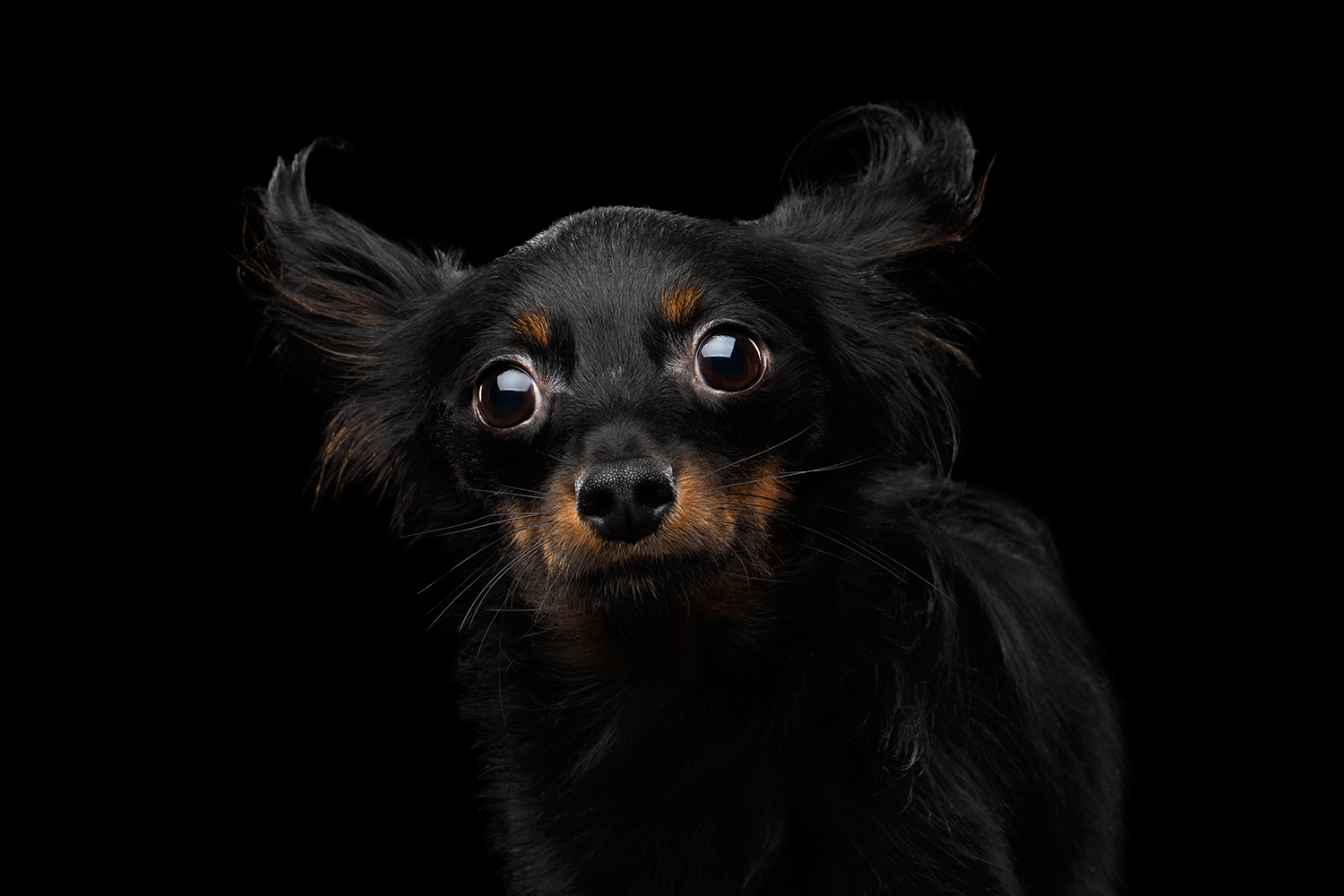Everything you've never wanted to know about anal glands
but might have to
We’re going somewhere now that no-one really wants to go – your dog’s bum.
What are anal glands?
The anal glands are two small sac-like structures located at 4 and 8 o'clock just inside your dog's (and cat's) anus. The cells lining the sac wall secrete a stinky, thick, oily fluid. The fluid accumulates in the sac until it's expressed. Wild animals can express/empty their anal glands voluntarily to scent mark territory or as a defence mechanism (think of a skunk).
Dogs and cats have mostly lost the ability to squirt their anal gland fluid at will (phew!) Instead, they generally rely on the pooing process to empty their anal glands. As the poo goes from the rectum and out the anus, it physically pushes on the anal glands, expressing the fluid.
Unfortunately, sometimes the anal glands don't empty. This may be a temporary thing, such as during a bout of diarrhoea, or it may an ongoing issue (ie it's just how your dog was made).
When the glands don't empty, the fluid continues to accumulate and causes discomfort. Then you see your dog scooting his bum on the ground or licking around the area.
If the anal glands are not emptied they can become impacted and an abscess can form, which then bursts through the skin leaving a smelly, bloody, painful mess.
What if the anal glands don't empty?
If your dog can't express his anal glands then someone needs to do it for him. That someone could be you. But more commonly the someone is us – with your help. As your dog is unlikely to love having his anal glands emptied, it's usually a two person job.
We've had a few people say they were told not to have their dog's anal glands squeezed because it stops them emptying on their own. Not true.
Does my dog need to have his anal glands emptied?
Only if he's showing signs of anal gland discomfort. The most common sign is scooting (dragging bum across the ground).
Other signs include:
licking around bum (or you have a dog that can't reach, just licking at the area, which can look like tail chasing)
leaking stinky fluid from the bum when relaxed
walking a few steps then sitting
keeping the tail tucked under
If there is any sign of swelling or bloody discharge on the skin over the anal glands, we need to see your dog to check for an anal gland abscess. This usually requires more than just emptying the glands. Antibiotics and anti-inflammatory pain kills are typically needed and sometimes we need to flush the pus out of gland (under sedation or anaesthetic).
How are anal glands emptied?
There are two ways to do it: externally (fingers on the outside of the bum) or internally (finger up the bum).
Externally
With a good wad of paper towel held against the anus, we put our thumb and pointer finger on either side of the anus, around both glands. Then we squeeze, or rather push, the glands together while pulling them back toward the anus.
This method isn't always possible. If the anal gland fluid is very thick, it's hard to get it all out this way.
Internally
Making sure to have nice short fingernails, we place a lubricated, gloved pointer finger into the anus and squeeze one gland at a time between the finger and thumb.
This method is more uncomfortable but allows better emptying for many dogs.
Can the anal glands be removed?
Yes, anal glands can be surgically removed. But there are some things you should know before going for this option.
There is a risk of damaging the nerves and the anal sphincter during surgery. This could leave your dog faecally incontinent – and no one wants that.
There is also a small risk that some of the anal gland wall can get left behind. If this happens, your dog could develop a draining sinus as the remaining tissue keeps making fluid. A second surgery is usually necessary.




